Few people truly understood the story behind Raila Odinga’s eye problem, a condition that became part of his public image over the years. The late former Prime Minister often struggled with involuntary tearing, a condition that made him constantly reach for his handkerchief to wipe his eyes, even during speeches or interviews.
What many took as a quirk was, in truth, a lasting reminder of the pain and endurance that defined his life.For years, political opponents used his condition as a point of mockery, imitating the way he paused mid-speech to wipe his tears. Supporters, on the other hand, sympathized with him, believing that his condition had developed from exposure to tear gas during the many protests and demonstrations he led throughout his political journey.
Many thought that the repeated encounters with tear gas might have damaged his tear ducts, but Raila himself later revealed that this assumption was not true.
The true origin of his eye condition dated back to one of the darkest chapters of his life his detention at the infamous Nyayo House torture chambers. After being accused of involvement in the 1982 coup attempt against the Moi regime, Raila spent more than seven years in detention without trial.
The time he spent there was marked by extreme suffering and deprivation, including lack of sunlight and exposure to harsh conditions that left permanent scars, both physical and emotional.
While being unveiled as the Azimio presidential candidate at Kasarani Stadium in 2021, Raila finally opened up about his condition. He told the crowd that the tears which flowed from his eyes were not just a medical issue but a reminder of the torture and suffering he endured during his imprisonment.
“The tears from the torture chambers are still running, as you can tell from the handkerchief that never leaves my hand,” he said, drawing emotion from the audience.
One of his longtime friends, Ahmed Hashi, later shared a personal account that supported Raila’s explanation. He recalled a moment during a meeting when he noticed Raila repeatedly touching the corner of his eye.
Hashi fetched him a clean handkerchief and, out of curiosity, asked about the issue. Raila explained that while in prison, he was kept in solitary confinement for long periods without exposure to sunlight.
This lack of sunlight caused severe damage to his lacrimal glands and ducts, making him tear up involuntarily.
Hashi described this as a clear sign of the suffering Raila went through, both physically and mentally, during those years.
From a medical point of view, tears are produced by the lacrimal glands, which are controlled by the brain. These glands release tears to clean, protect, or moisturize the eyes.
In Raila’s case, since the glands and ducts were damaged, the normal coordination between the brain and the eyes was lost, causing his eyes to tear up without control.
Over time, this became a visible part of his public life and his handkerchief, which was always with him, became symbolic of his resilience and humanity.
Raila’s constant wiping of his eyes came to represent much more than a medical condition. It symbolized his pain, endurance, and the sacrifices he made for Kenya’s democracy.
It made him appear more human and relatable to millions of Kenyans who saw in him not just a politician but a man who had suffered for the country.
Now, as the nation mourns his passing, that handkerchief once a symbol of his pain has turned into a symbol of remembrance.
The government has declared seven days of national mourning to honor the man many called “Baba.” Perhaps the tears that once flowed from his eyes, born of pain and sacrifice, have now become the tears of an entire nation, mourning a statesman who gave his life to the struggle for justice, freedom, and unity.




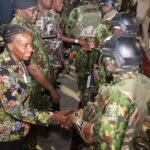


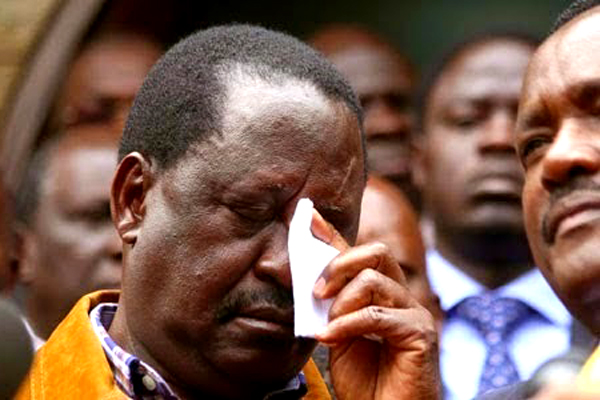
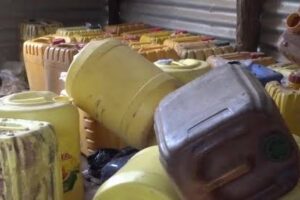
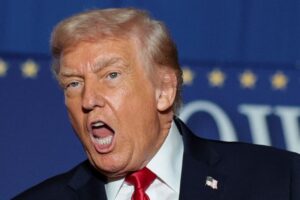

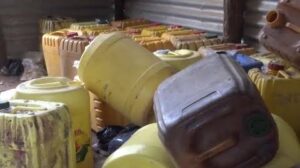

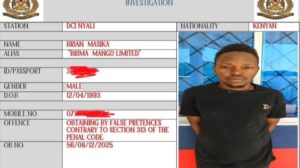



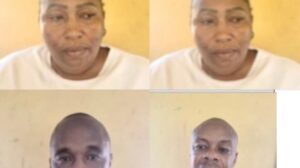

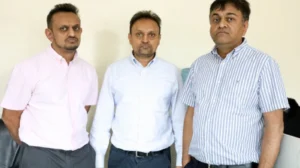
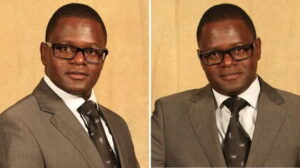
Add Comment